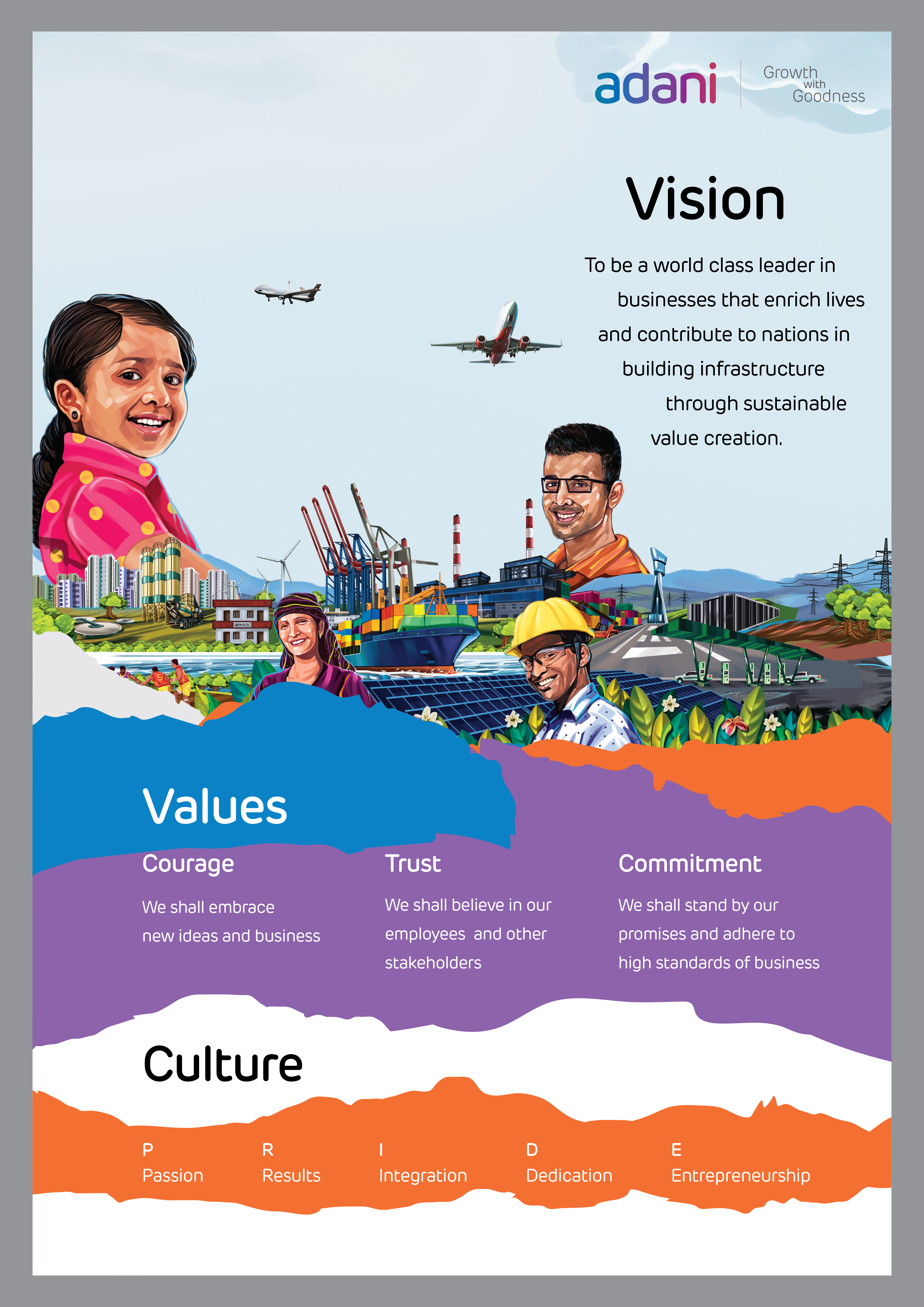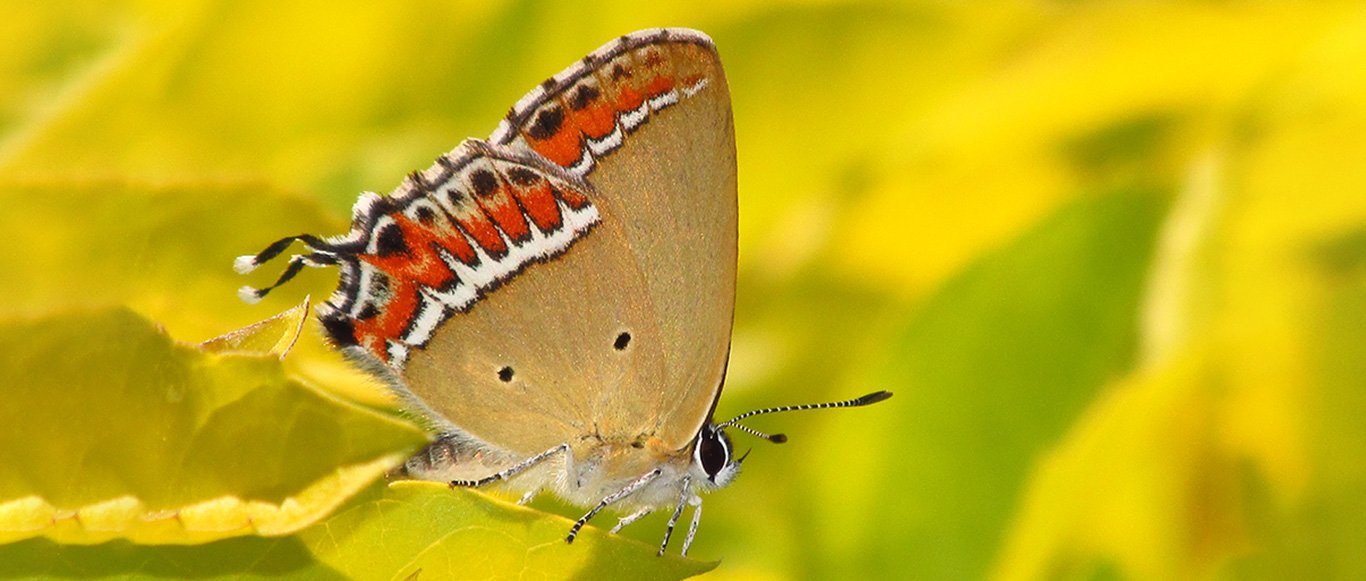





Water
We aim to become 5 times water positive by 2030. To achieve this, we optimise and prevent use of freshwater consumption by optimizing processes and promoting water conservation, harvesting and recycling within our operations and augmenting water harvesting structures in communities. Also we target to reduce our specific freshwater withdrawal in cement by 40% % by 2030 vis-a-vis 2015.
We are also guided by our parent company’s Water directive which addresses various aspects of legal compliance, establishing operational water footprint, risk assessment and stakeholder engagement and more. We regularly assess our sites for any operational risks (due to water stress, water scarcity) using different water assessment tools, factoring regulatory requirements and considering local community needs. We have increased our focus towards improving water management and reducing our impact on overall water resources particularly in water scarce areas. All our sites are provided with water recycling processes and systems. In past two years, we have increased our community interventions enhancing water harvesting and conservation in communities.
Biodiversity
We are committed to having a positive change on biodiversity by 2030. Biodiversity is well integrated into our sustainability and environment policies. We have in place the Quarry Rehabilitation and Biodiversity Directive (QRBD) that sets out the framework for managing risks, and for protecting and enhancing biodiversity. To comply with the QRBD, all our mines follow the local regulations and have rehabilitation plans in place. We are committed not to open new sites or explorations within protected areas declared under the World Heritage sites and the International Union for Conservation of Nature (IUCN) categories: IUCN I and IUCN III . The other key requirements go far beyond legal compliance and includes measures respecting the mitigation hierarchy (avoid, minimize, restore, and offset) and a biodiversity management plan for sites assessed as having high biodiversity value. We have undertaken Biodiversity risk assessment for all our mines with rapid biodiversity assessments and a tool called Biodiversity Indicator and Reporting System (BIRS) tool. We advance our efforts for Ecosystem restoration, quarry rehabilitation and biodiversity conservation through various nature based solutions such as:
All our cement plants have an environmental management system equivalent to ISO 14001 in place.



